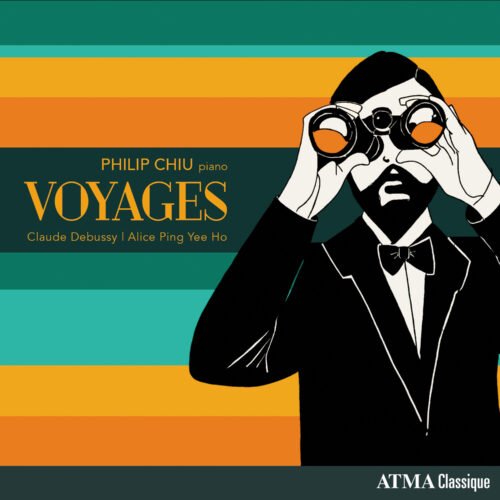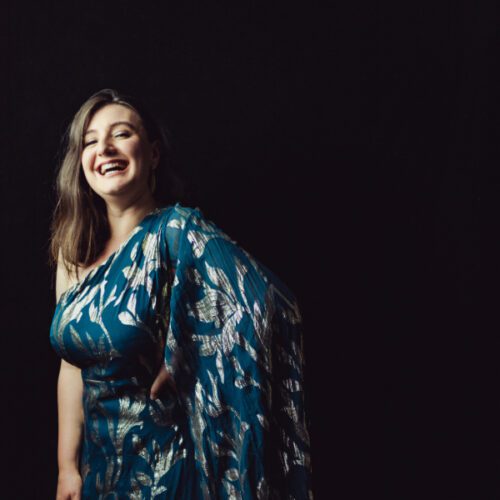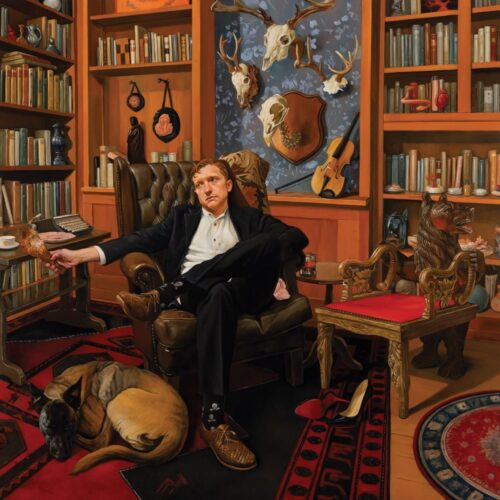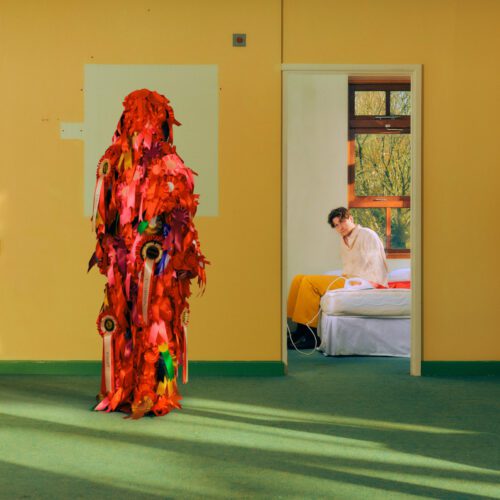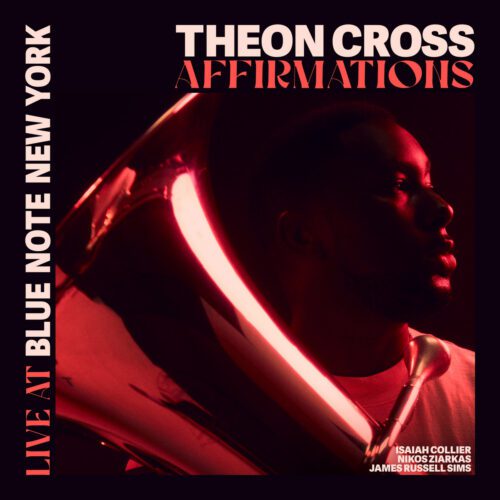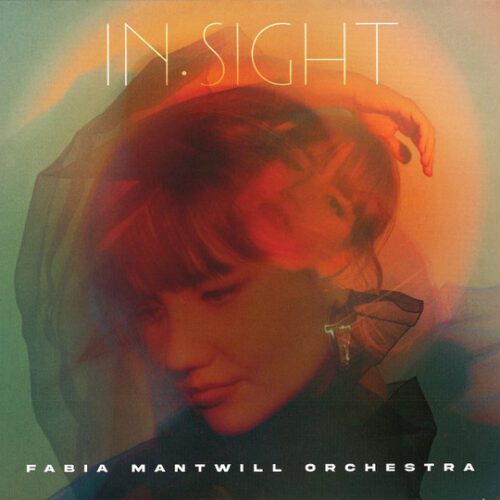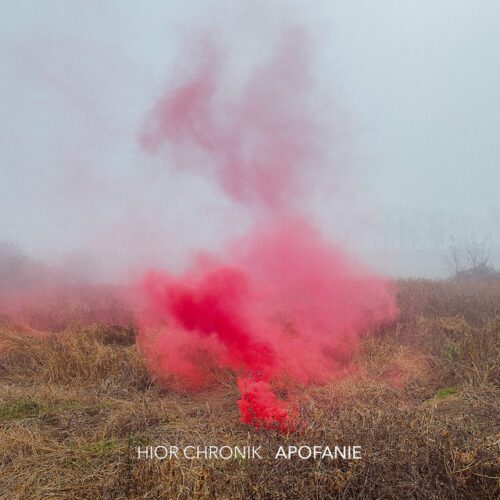Pianist Philip Chiu brings out an interesting new album for ATMA Classique. In 2022, Chiu presented Fables, an album devoted to the music of Maurice Ravel, but incorporating a contemporary work that entered into a dialogue with the French composer’s music. Today, with Voyages, the same concept is taken up again, this time turning to the piano works of Claude Debussy.
The album opens with a transcription of the Petite suite, usually performed for four hands. This transcription for solo piano, by Jacques Durand and revised by Philip Chiu himself, is extremely successful. It sounds like the original work. The album also features extracts from the first book of Images, as well as three Estampes. Well-known and often-performed works, of course, but they fit in perfectly with the very personal narrative of this album.
A personal subject indeed, since this opus is an exploration of the theme of belonging. The album doesn’t provide a definitive answer (that’s not its aim), but succeeds perfectly in conveying emotions and feelings that describe what it means “to belong”. Debussy’s works chosen for this album are all imbued with a certain sense of nostalgia, of calm, contemplative contemplation. The album is surrounded by an ethereal atmosphere, conducive to reflection, but not excluding moments of exuberant, dancing joy.
The suite Hong Kong Nostalgia, by composer Alice Ping Yee Ho, is skilfully integrated into the album program. It’s easy to see why this work was chosen to dialogue with Debussy’s works. Hong Kong Nostalgia takes up and further develops these explorations of belonging, while sometimes echoing Debussy’s writing techniques. For example, in the second movement, “Ten Thousand Buddhas Monastery”, we hear crescendo chord progressions reminiscent of “Cathédrale engloutie”. This suite is more than welcome on this album, which adds great depth and a variety of images and feelings.
It’s a pleasure to accept Philip Chiu’s invitation to embark on this great journey towards interiority. The pianist’s sensitive playing guides us well, with some moments more robust and powerful than others. This is a very well-thought-out and conceived opus, from program development to performance. If you can get your hands on a physical version of the album, you’ll also be able to enjoy the magnificent illustrations by Marie H. Sirois. Sirois, which also transport, in their own way.
A great album!
